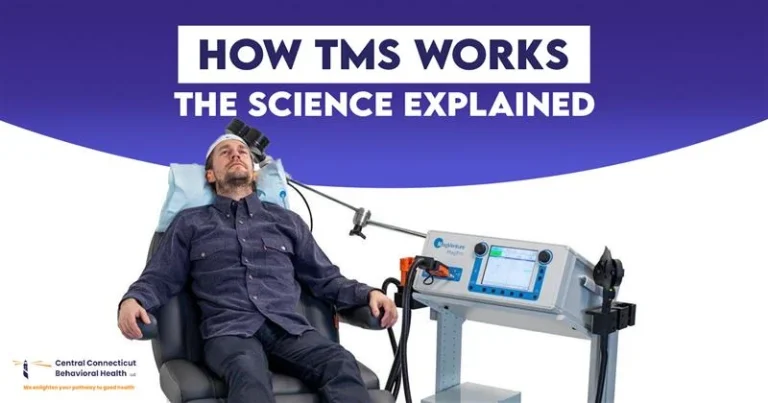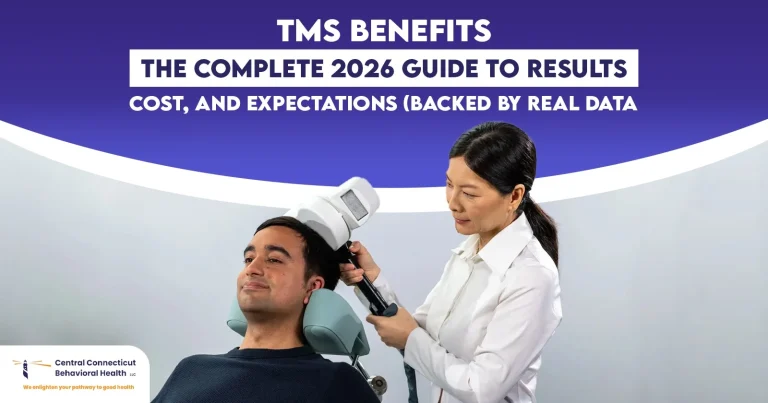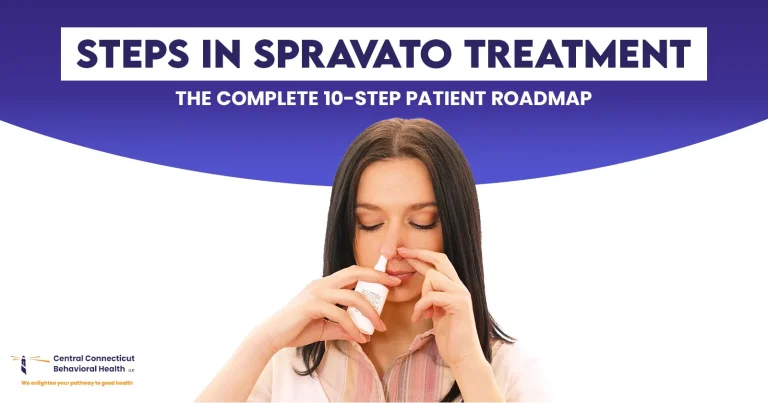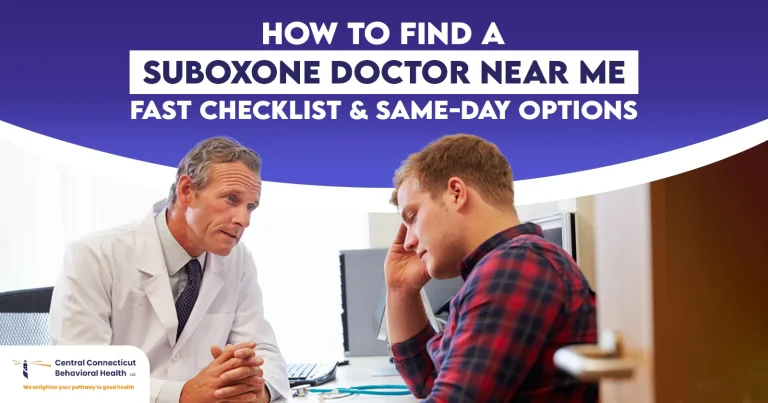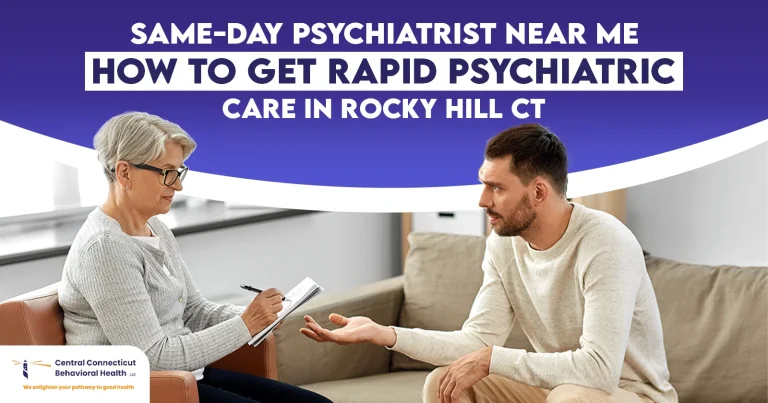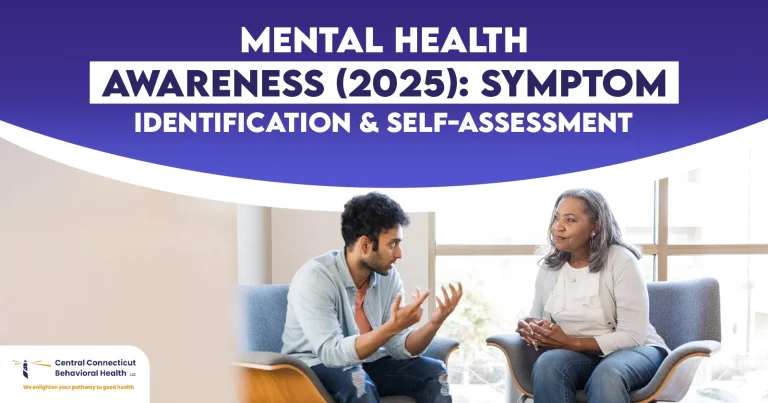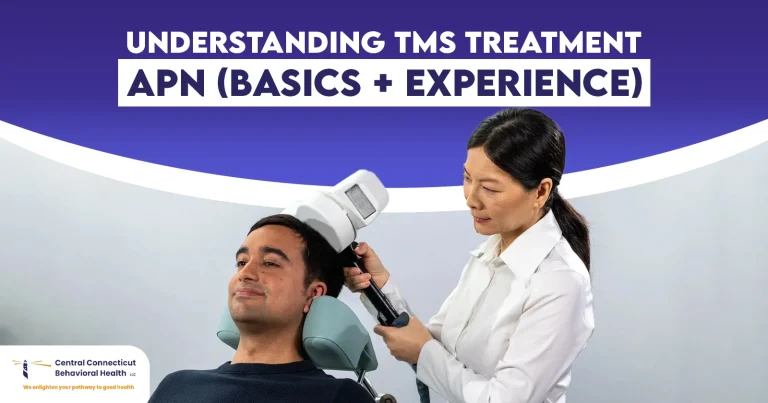Anxiety is a common mental health illness in children, but it is often difficult to notice. Many kids are nervous before exams, a new school day, or meeting new people. While little worry is completely normal. But when fear happens frequently and disturbs daily life, it may indicate a bigger problem. This is where anxiety rating for kids is helpful.
Anxiety rating tools give parents, teachers, and doctors a way to measure a child’s worries. These tools are not for diagnosing, but they the severity and duration of anxiety symptoms. This information helps families and professionals to choose the best support for the child.
In this blog, we will guide you to most common rating tools, how they work, and how parents can use them.
Why Anxiety Rating for Kids Matters
Anxiety in Children presents in different ways. Some kids might cry or refuse to go to school. Others may stay quiet, get angry, or complain of abdominal pain and stomach-ache. Without these rating tools, one can be mistaken anxiety for misbehavior or shyness.
Anxiety rating for kids is important because it:
Find problems early – Anxiety can be treated more easily when caught early.
Helps in school – Reduces stress that makes learning harder.
Guides care – Doctors and therapists use results to make treatment plans.
Tracks progress – Shows if a child is getting better with support.
Tools and Scales Doctors Use
Doctors and mental health experts use different tools to check anxiety. Each one focuses on certain symptoms and age groups.
-
Child Anxiety Rating Scale
The child anxiety rating scale inquire questions about troubles, doubts, fears, and restlessness. Parents or children answer how often these feelings happen. The results give a picture of the child’s anxiety level.
-
SCARED Questionnaire
The SCARED questionnaire (Screen for Child Anxiety Related Emotional Disorders) is one of the most common tools. Both parents and children can complete it. It looks at separation anxiety, social fears, and general worry.
Strength: Measures several types of anxiety.
Note: Professionals explain how to score SCARED, since results can be confusing without training.
-
RCADS Parent Version
The RCADS parent version (Revised Child Anxiety and Depression Scale) is filled out by parents. It scales both anxiety and depression. This is effective for younger children who cannot explain and express their feelings well.
Benefit: Tracks two conditions together.
Use: Often used in therapy to see progress.
-
Spence Children’s Anxiety Scale
The Spence Children’s Anxiety Scale is for kids aged 5–15. Children answer questions about daily fears and worries. There is also a parent version.
Strength: Easy for kids to acknowledge.
Use: constructive for both schools and clinics.
How Professionals Rate Child Anxiety
Experts do not rely only on rating scales. They combine them with other steps to get a full picture.
Common methods include:
Talking to child – Asking easy questions about feelings and daily routine.
Parent and teacher input – Gathering notes from home and school.
Screening tools – Using forms like child anxiety rating scale or SCARED questionnaire.
School screenings – Some schools use kids anxiety screening tools to spot problems early.
This mix of tools makes results more accurate.
How Parents Can Use Anxiety Rating Tools
Parents can notice signs of anxiety early. While doctors should guide the process, parents can use rating tools in helpful ways.
Tips for parents:
Watch behavior – Look for sleep problems, stomach pain, or school refusal.
Try online tools – A child anxiety test online insights a quick look, but a doctor’s check is not replaceable.
Share results – Bring completed notes to your pediatrician, advisor or counsellor
Avoid self-diagnosis – Use these results as a guide, not as a final conclusion.
These tools are helpful for parents to feel more confident when talking with experts.
Benefits of Using Evidence-Based Scales
Using research-based scales has many advantages.
Trusted results – Some tools like the SCARED questionnaire are backed by studies.
Consistent tracking – Repetitive use indicates if anxiety is improving or getting worse.
Better planning – Helps doctors prescribe the right therapy and school support.
Clear communication – Gives a shared language for parents, kids, and doctors.
Limitations and Cautions
Even though anxiety rating for kids is useful, it has limits.
Not a diagnosis – These tools only show symptoms.
Easy to misread – Scores may be misunderstood without training.
Age matters – Some behaviours are normal in younger kids but may look like anxiety.
Cultural differences – Anxiety signs vary across families and backgrounds.
Because of this, results should always be checked by a trained professional.
Practical Tips for Parents
If you are concerned about your child’s anxiety, here are some steps:
Talk openly – Ask your child how they feel about school, friends, and daily fears.
Work with Professionals – Share concerns with pediatrician and school counsellor.
Learn parent tools – Try using the RCADS parent version or Spence Children’s Anxiety Scale if suggested.
Explore telehealth – Many clinics now offer telehealth child anxiety assessments for easy access.
stay patient – Improvement takes time. Celebrate small steps as they matters.
Conclusion
Anxiety in children can be missed if not measured properly. Anxiety rating for kids helps parents and experts see when worry is more than just normal nerves. Tools like the child anxiety rating scale, SCARED questionnaire, RCADS parent version, and Spence Children’s Anxiety Scale give a clear picture of symptoms.
On using these tools, parents and professionals can work in group to support children. With early detection and the right care plan , kids will learn healthier ways to manage fear and grow with confidence.
FAQs about Anxiety Rating for Kids
-
What is the common anxiety rating scale for kids?
The SCARED questionnaire is often used because it checks for many types of anxiety in children.
-
Can parents use child anxiety rating scales at home?
Yes, parents can try tools like the RCADS parent version or a child anxiety test online, but results should be shown to a doctor.
-
What age are anxiety rating tools designed for?
They are crafted for children between 6 and 18 years old, but some tools focus on smaller age groups.
-
Is the SCARED questionnaire reliable?
Yes, it is evidence-based, opted and trusted by schools and clinics. But results need professional review.
-
How often to assess the child for anxiety?
Children going through symptoms may need a check every few months, especially during treatment.
-
How to differentiate between screening and diagnosis?
Screening shows possible signs of anxiety. Diagnosis requires a full check by a mental health professional.
-
Can schools use anxiety rating for kids?
Yes, many schools use kids anxiety screening tools to catch problems early and connect families with help.



